"Everything will happen soon"
What's happening at the most important part of the front
Andrei Kots
By the beginning of the winter campaign, the opposing sides in eastern Ukraine are moving reserves, ammunition, and equipment for fortifications. The Kremenna-Svatovo line in the north of the LNR is one of the possible directions for a major offensive by the Ukrainian armed forces. A report on how they are preparing to repel the attack - here in RIA Novosti.
No-fly weather
Until February 24, the front line ran along the Seversky Donets River. Now the waterway is deep in the rear. The roads in the territories formerly under Kiev's control are good, but the closer you get to the "front," the more holes from artillery fire there are. Heavy tracked vehicles have smashed the asphalt with their tracks.

A car carrying journalists overtakes a convoy of new T-80BVMs. You can't take pictures: there are a lot of clues for Ukrainian intelligence around.
"Very good machines - powerful, armored," says the officer accompanying us. - "But the main "feature" is the gas turbine engine. From the front projection the moving tank is practically inaudible. We actively use it. More than once we have been able to sneak up to positions practically at point-blank range."
Now, however, they do not do this - "the weather is bad". There are heavy rains in Donbass. The rich black earth has turned into a liquid sticky mess, in which both people and equipment get bogged down. The military put aside the fancy and expensive tactical boots - and changed into rubber ones.

There is snow in some places, but the ground is not yet frozen. It is possible to move only on roads, which drastically limits maneuverability.
American HIMARS, which control the supply routes of the Russian grouping, also interfere. However, dense fog and low cloud cover make it difficult to correct firing from drones.
Under such conditions, the AFUers have changed their tactics - they send reconnaissance and sabotage groups. These groups are caught at numerous checkpoints, where the military stops every car and asks the driver for a password.
Tanks won't get through
On both sides of the route, deep anti-tank trenches, insurmountable for tracked vehicles, go to the horizon. And in front of them are dug into the ground so-called dragon's teeth - concrete pyramids, fastened with chains. Two tons each.
"You can't take this line with an assault," the officer explains. - "The tank loses its grip on the ground and cannot move on. You have to bring in special equipment, pull the "cogs" apart with cables. Naturally, we are not going to watch it silently, we will actively beat the enemy with artillery. In essence, the task of such barricades is to stop possible breakthroughs by Ukrainian forces and wear down the enemy with fire as much as possible."
A little further away, builders are constructing positions for personnel: they are digging in sea containers and placing concrete slabs on top. In such an improvised dugout they can not only wait out the hardest shelling, but also live for weeks in relative comfort. Work does not stop - the defense line is being reinforced around the clock. Endless columns of construction equipment are coming from Luhansk to the front.
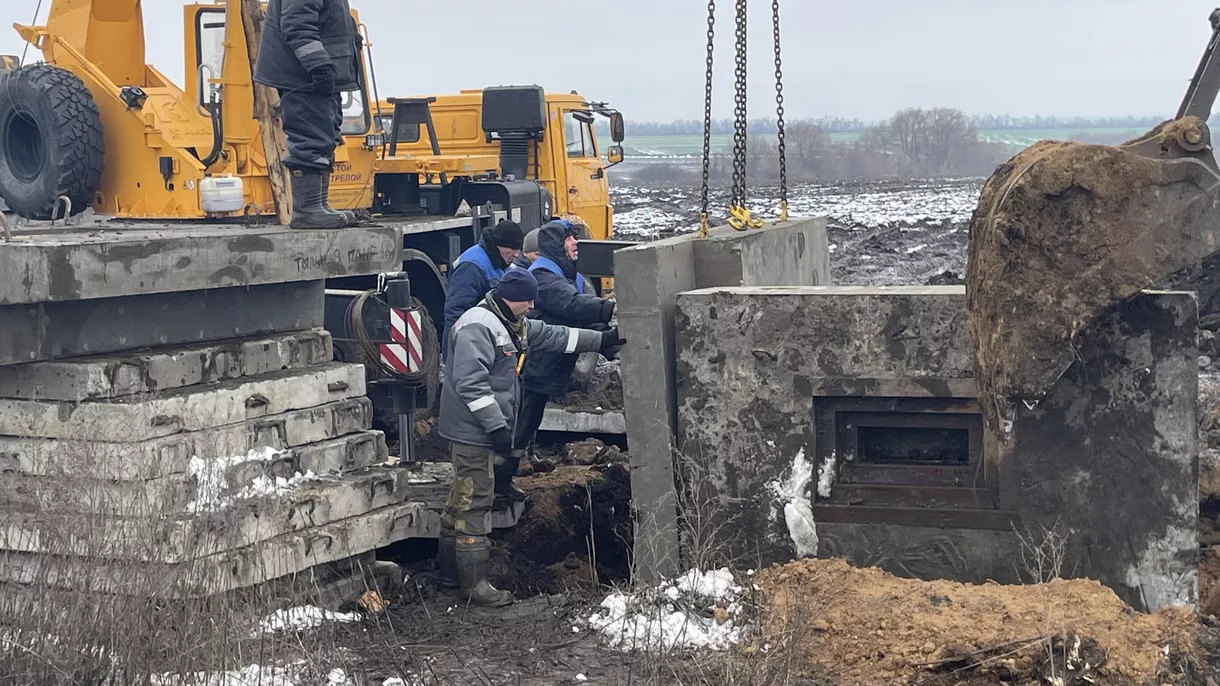

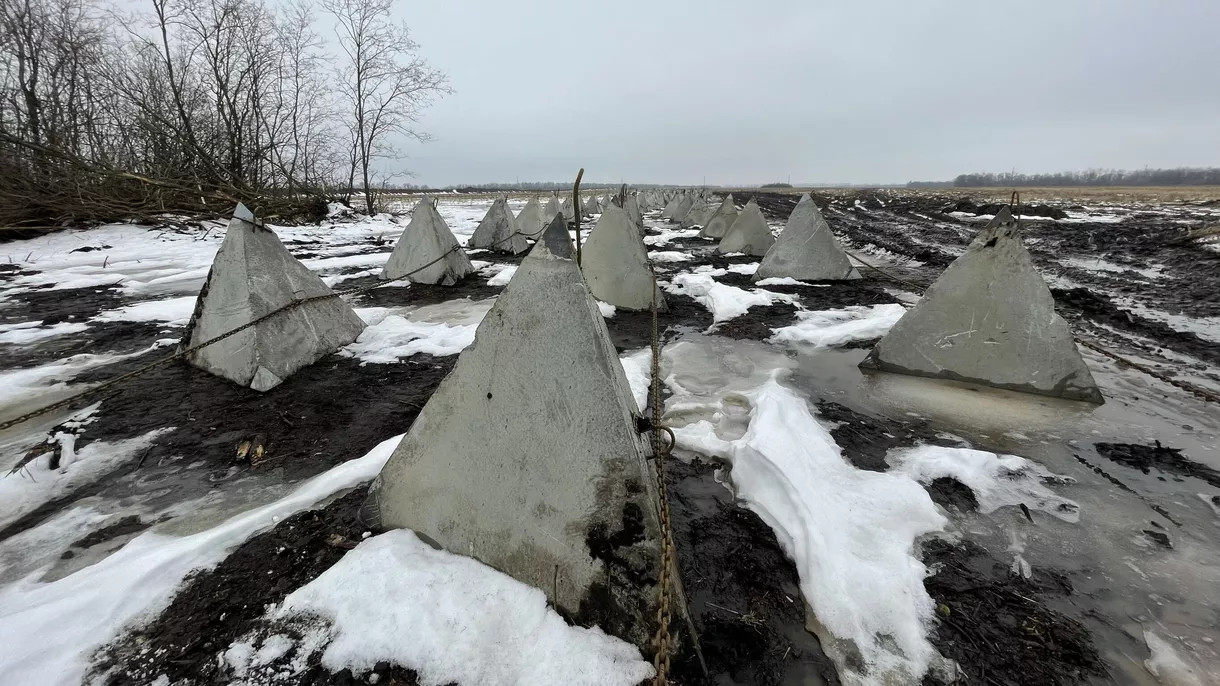
"Consistently difficult"
There are several such lines in this area. In fact, it is the northernmost flank of a multi-kilometer front. And it is here that the probability of an attack by the Ukrainian armed forces is the highest. There is a major railway junction here, through which a significant part of the Russian grouping is supplied. If it is captured, it is possible to attack Lysychansk, Severodonetsk, Starobelsk and Luhansk. Thousands of soldiers would be encircled. Therefore, such a breakthrough should not be allowed under any circumstances.
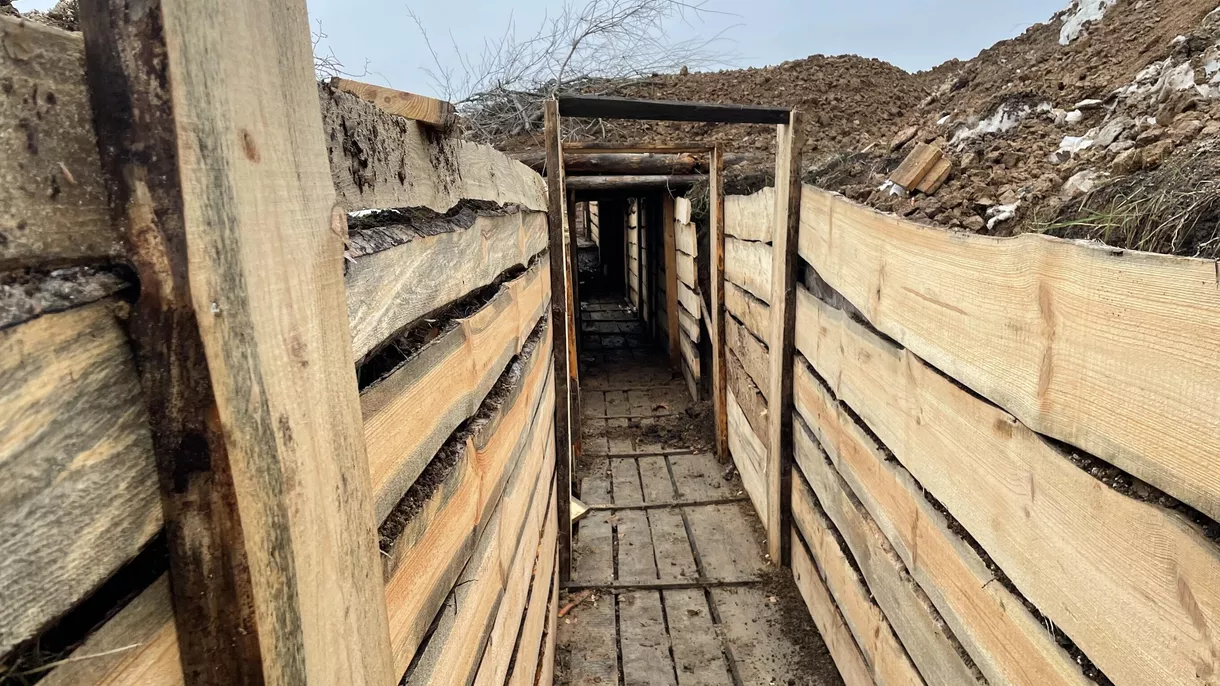
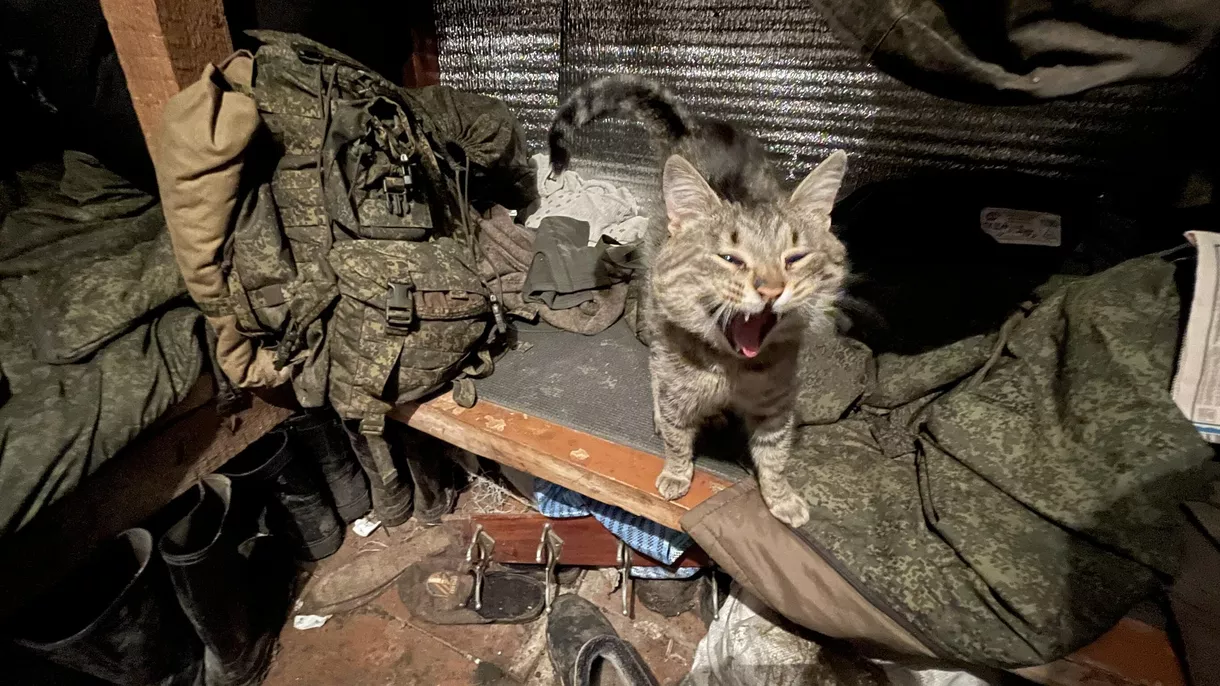
According to the military, there are many foreigners, particularly Poles, fighting for the AFU. They are nothing special. However, the Ukrainians try every time to get their bodies out of the battlefield. They do not always succeed.
"The situation is consistently difficult," says an officer with the call sign Oskol. - We fight off small groups on a regular basis. Aircraft help a lot, without which it would be much sadder. The other side spares no effort and people, dozens of its own people are killed every day. They act in the same way: heavy artillery fire, under cover of it the infantry comes up, engages in small arms fire. But this is not an offensive yet. They find the weak points in our defence".
Fighting here, he admits, is not easy. There's water and mud in the trenches. The men are tired.
Experience helps. Oskol is from Luhansk and has been at the front since 2014. Over the years of service he received almost two dozen contusions. After the most recent one, he stuttered for three weeks. The command tried to send him for treatment, but he refused. Explains, "How do you leave your guys?"
The men appreciate him. He communicates with them without unnecessary formalities, jokes a lot. But his orders are obeyed quickly and unconditionally.
That's why there aren't many losses in the unit. And morale is high: in the trenches there is only talk of an offensive. Sooner or later it will start - no one doubts that here.
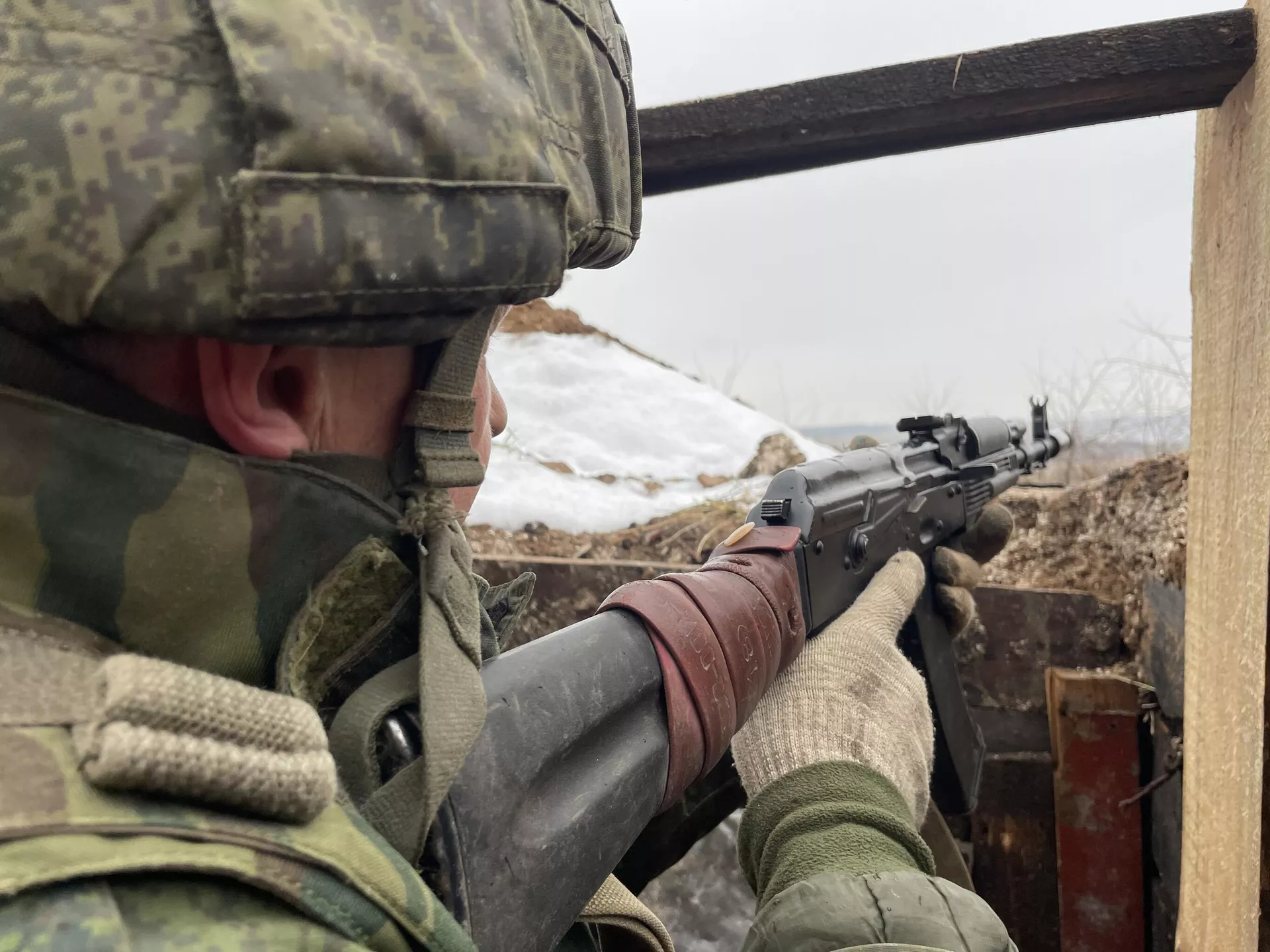
Original article © RIA news/A. Kots

